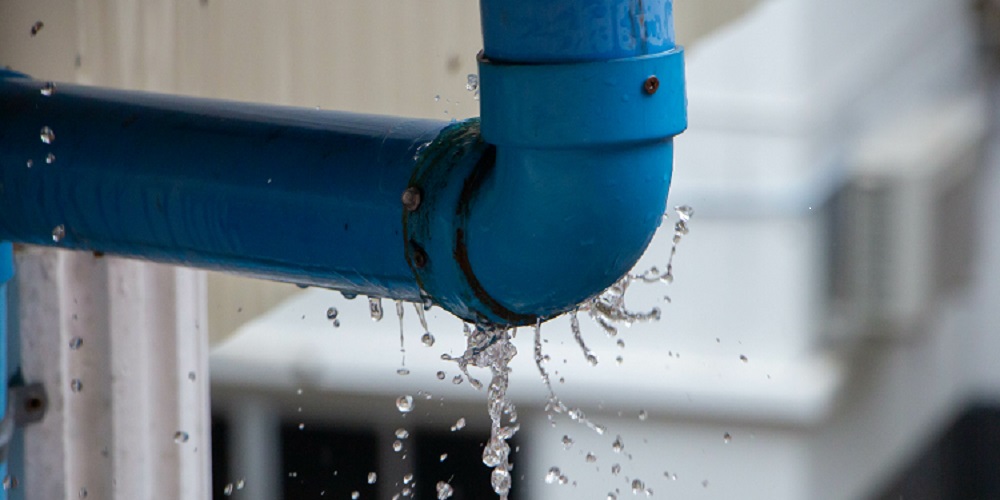Exactly how to Discover and Fixing Water Leaks-- A Comprehensive Overview
Exactly how to Discover and Fixing Water Leaks-- A Comprehensive Overview
Blog Article
This article following next on the subject of Hacks to detect leaks is unquestionably attention-grabbing. You should investigate for yourself.

Early detection of leaking water lines can mitigate a prospective disaster. Some small water leaks may not be visible.
1. Analyze the Water Meter
Checking it is a guaranteed means that helps you find leakages. If it relocates, that suggests a fast-moving leak. This implies you may have a slow-moving leak that can even be below ground.
2. Examine Water Consumption
Analyze your water costs and also track your water intake. As the one paying it, you need to see if there are any type of disparities. If you detect sudden changes, in spite of your usage coinciding, it implies that you have leakages in your plumbing system. Bear in mind, your water expense should drop under the very same range every month. An abrupt spike in your bill shows a fast-moving leakage.
A stable boost every month, even with the exact same behaviors, reveals you have a slow-moving leakage that's additionally gradually intensifying. Call a plumber to extensively examine your home, specifically if you feel a cozy location on your floor with piping below.
3. Do a Food Coloring Test
When it concerns water usage, 30% originates from toilets. Test to see if they are running effectively. Decline specks of food shade in the container as well as wait 10 minutes. If the shade somehow infiltrates your dish throughout that time without flushing, there's a leakage between the tank and dish.
4. Asses Exterior Lines
Do not neglect to examine your outside water lines as well. Must water leak out of the connection, you have a loose rubber gasket. One little leakage can squander lots of water as well as spike your water bill.
5. Evaluate the situation and evaluate
Homeowners need to make it a routine to inspect under the sink counters and even inside cabinets for any bad odor or mold and mildew growth. These two warnings suggest a leak so punctual focus is needed. Doing routine examinations, also bi-annually, can save you from a significant problem.
If you know your residence is already old, maintain a careful eye on your heaters, tubes, pipelines etc. Look for discolorations and deteriorating as many pipelines as well as appliances have a life expectancy. They will certainly also naturally deteriorate due to tear and use. If you think dripping water lines in your plumbing system, don't wait on it to escalate. Call a professional plumber today so you don't wind up with a horrible mess in your home.
Early detection of dripping water lines can minimize a potential catastrophe. Some little water leakages may not be visible. Inspecting it is a proven way that assists you find leakages. One little leak can squander loads of water and also increase your water costs.
If you suspect leaking water lines in your plumbing system, don't wait for it to escalate.
How to Know If Your Home Has a Hidden Leak
Water Meter Reveals Inexplicable Water Usage
If you’d like to test whether or not there’s a leak somewhere in your home, you can do this using your water meter. Here is how to conduct the test:
Don’t use any water in your home for at least 30 minutes; this also means not turning on faucets or water-using appliances.
Go outside, and check your water meter for activity.
If your water meter shows that there was activity, even though no one was using any water, this proves that there is a leak in your home.Visible Mold or Mildew Growth
Leaks behind walls create moist, dark environments that allow mold and mildew to grow and thrive. Eventually, you might see mold growth forming on the wall closest to a hidden leak.
If mold is growing in an area that receives a high amount of moisture, such as a bathroom, it may simply be an indication that better ventilation is needed. However, if you see mold growth on a wall or the ceiling in an area where you would not expect, you probably have a hidden leak.
Musty, Mildew Odor
Sometimes you might not be able to see the mold or mildew that is growing as a result of a leak. However, the smell can give the problem away just as easily. If you catch a whiff of something musty, there’s a good chance that old water is collecting somewhere in your home that you can’t see.
Stained/Warped Walls, Ceilings, or Floors
When your home soaks up water, a variety of red flags can become visible, including ceiling stains, bubbling drywall, warped walls, and sagging floors. While these issues can be caused by excess humidity, they can also be signs that a pipe or plumbing connection has started leaking behind your walls.
Inexplicably High Water Bill
After a while, you get a general sense for what your water bill should be. If you own a pool or sprinkler system, your bill will tend to be higher during summer. However, if you receive a water bill that seems especially high, and you can’t figure out what caused it, then you may have a hidden leak somewhere that’s increasing your bill.
https://www.plumbingjoint.com/blog/2019/july/how-to-know-if-your-home-has-a-hidden-leak/

We had been shown that report about Top leak detection hacks from a good friend on our other web page. Sharing is good. You never know, you will be helping someone out. Thank you for your time. Come back soon.
Report this page